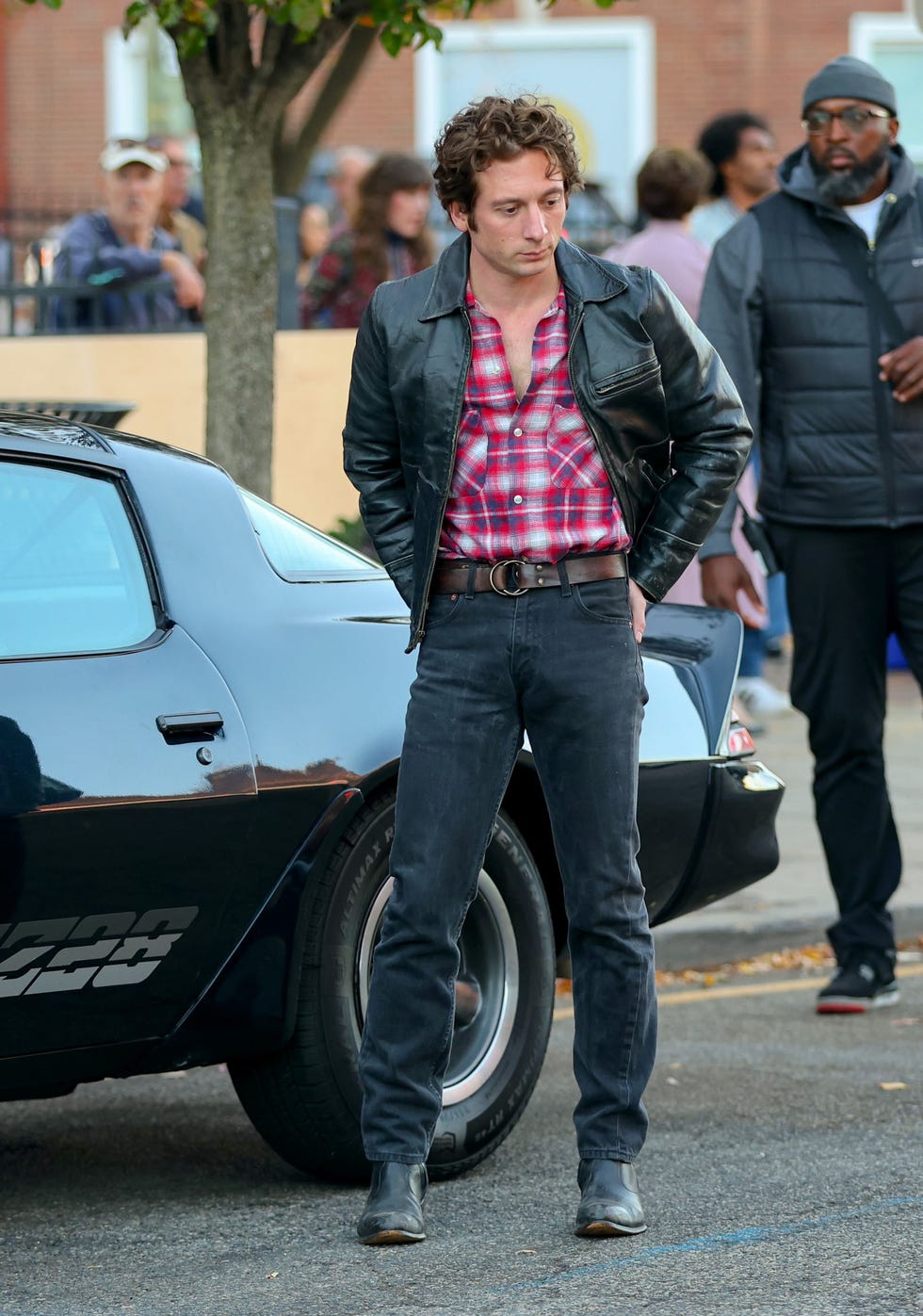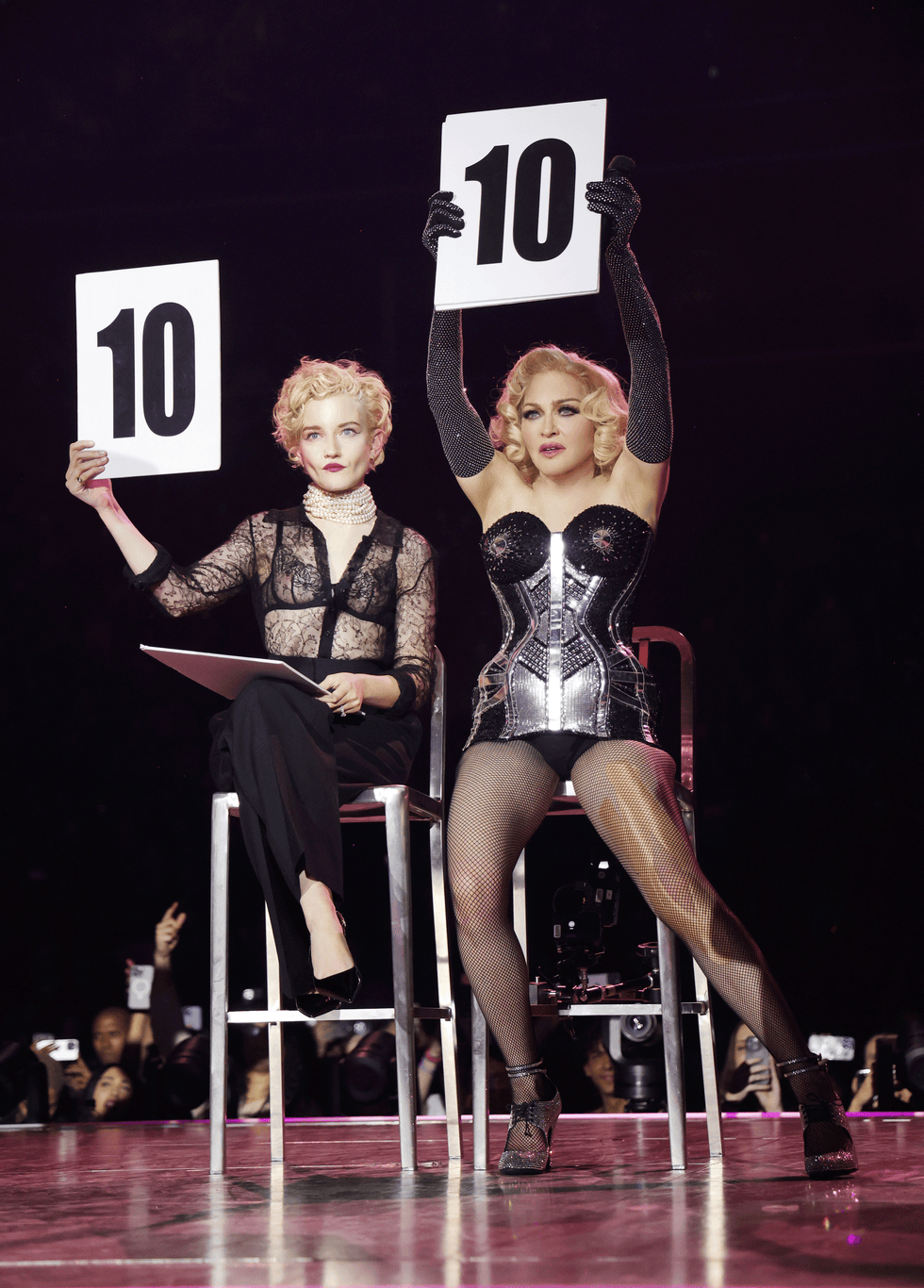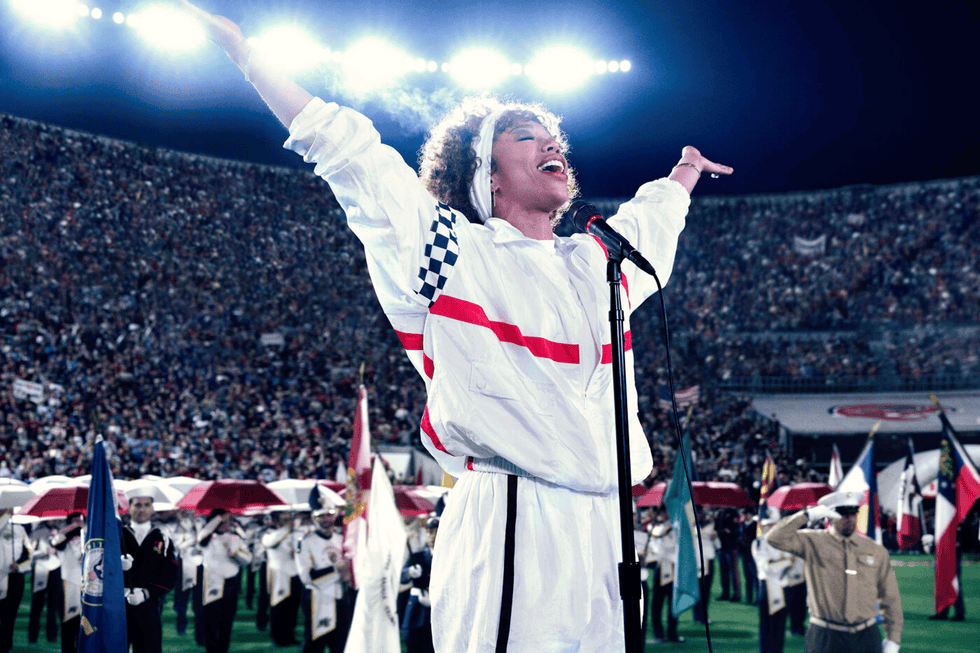Why Are We Still So Drawn to Bygone Rock-Star Style Onscreen?

Paparazzi shots of Jeremy Allen White filming Deliver Me From Nowhere—clad in formfitting Levi’s and a beat-up leather jacket—broke the internet last year. Seeing The Bear star in costume as a rugged, early-’80s Bruce Springsteen only intensified excitement for the upcoming drama. “Springsteen is naturally the coolest of the cool. He was born with exquisite style,” says the movie’s costume designer, Kasia Walicka Maimone. “He effortlessly absorbed those seemingly simple, utilitarian pieces and created a style for generations.”

Jeremy Allen White shooting the Bruce Springsteen-inspired film Deliver Me From Nowhere.
Springsteen’s signature snug jeans won’t be the only legendary aesthetic to be interpreted for the big screen. Selena Gomez has been tapped to inhabit Linda Ronstadt’s ’70s California cool, while Shailene Woodley will embody Janis Joplin’s free-spirited ’60s rocker vibes. Director Sam Mendes has four separate movies planned for each Beatle, with Paul Mescal and Harris Dickinson rumored to play members of the Fab Four. And after beating out many other Hollywood hopefuls, Julia Garner is set to portray the Material Girl in an upcoming Madonna biopic—reported to be directed by the star herself.
“There’s a real symbiotic relationship between fashion and film. They not only influence each other, they enrich each other—and they both are founded in storytelling,” says Emma McGill, associate chair of film and television at SCAD. And stories about our musical idols, she says, “tap into people’s sense of nostalgia.” The distinctive style of these visionaries helps create a compelling narrative.

Julia Garner onstage with Madonna on her Celebration tour.
“How [musicians] express themselves visually is often in tandem with how they express themselves musically,” says A Complete Unknown costume designer Arianne Phillips. “It’s a point of view. It’s who they are. It’s their individuality.” In the Oscar-nominated biopic, Phillips depicted a young, idealistic Bob Dylan (Timothée Chalamet) revolutionizing folk music, and the counterculture, through an arc that spanned Dylan’s early-’60s proletariat folk singer style to the mod suede jacket and slim jeans that are seared in our memories today.
For 2022’s I Wanna Dance With Somebody, costume designer Charlese Antoinette conveyed the duality of Whitney Houston (Naomi Ackie)—her cultivated onstage persona and “Nippy,” as she was known to friends and family—in colorful streetwear and Air Jordans. “I also saw reflections of my personal style and aesthetics, growing up as a young Black woman in the ’80s and ’90s, and how we dressed,” says Antoinette, realizing Houston’s direct impact on her formative years. “We’re still seeing people dressed like that.”
“It’s such a visual impact,” says PC Williams, who costumed Marisa Abela in 1950s-inspired but circa-2000s dresses to play Amy Winehouse in 2024’s Back to Black. But only a rarefied group of musicians elicit that reflexive cognitive response—and dedicated biopics. “Someone like Madonna, you hear the voice, and instinctively, you’re like, ‘Boom! I know what she looks like. I can picture her singing it to me.’ ” So a 1985 update of Marilyn Monroe’s pink “Diamonds Are a Girl’s Best Friend” gown would emotionally resonate with audiences in the reported Madonna biopic. “It taps into people’s sense of nostalgia, too, and that’s really where costumes play a big role in grounding a story in a historical period,” McGill says.

Naomi Ackie as Whitney Houston in I Wanna Dance With Somebody.
History also repeats itself, so audiences may seek comfort through evocative fashion during today’s turmoil—like ’60s counterculture youth did with Bob Dylan’s radical music and lyrics, and his antiestablishment style. “[Dylan was] a once-in-a-generation artist who was writing songs that were incredibly relevant to what was happening—politically, socially,” Phillips says. “His visual style mirrored that.” (Phillips would know; she has worked closely with another once-in-a-generation artist, Madonna, styling her tours, music videos, and shoots and costuming her in the film Swept Away.)
Similarly, Springsteen’s raw, stripped-down 1982 album Nebraska reflected anxiety during the early-Reagan-era’s deep recession and Cold War—also communicated through his approachable, beaten-down denim and plaids. “[Fans] feel that part of their emotional states are being understood and spoken by somebody else,” says Walicka Maimone, comparing the visceral connection with music idols to “religion.” Their fashion offers a direct link: “ ‘That’s my hero. I want to look like him, walk like him, and sound like him.’ ”
Experiencing a shared love of music, be it a reunion concert or revisiting the era onscreen, offers sheer joy and bonds with like-minded people—sometimes a rarity in a time of discord and isolation. “It’s a way of finding our tribe,” Williams says. “We can find it through clothes, and find it through sound.”
This story appears in the May 2025 issue of ELLE.
elle



